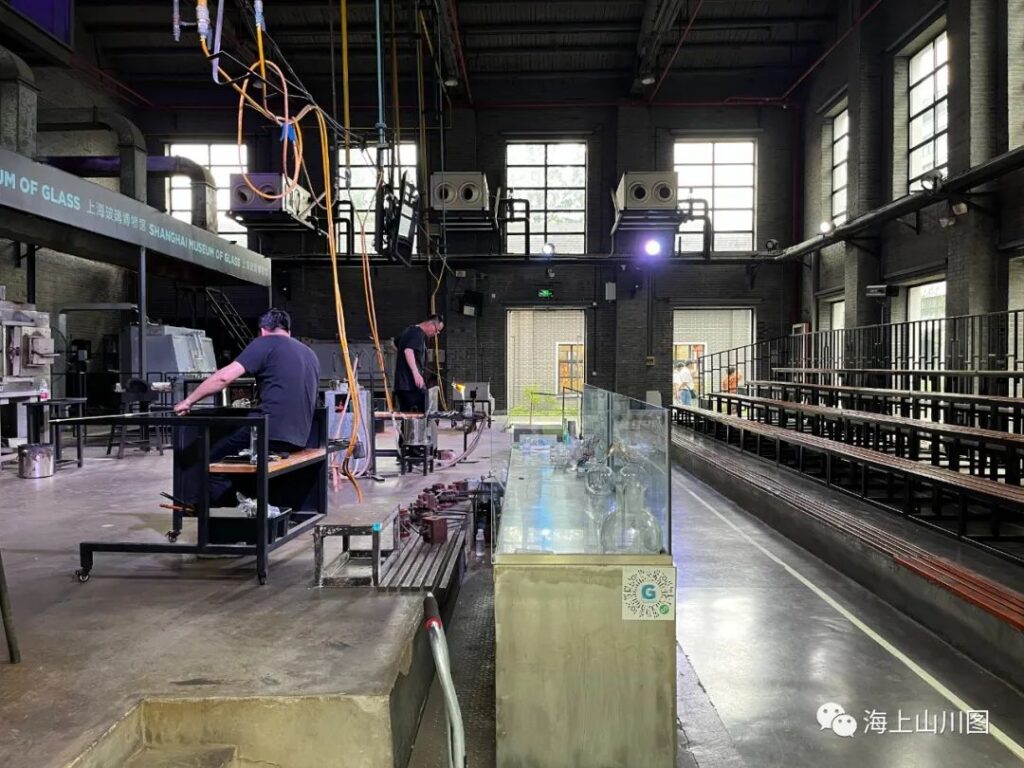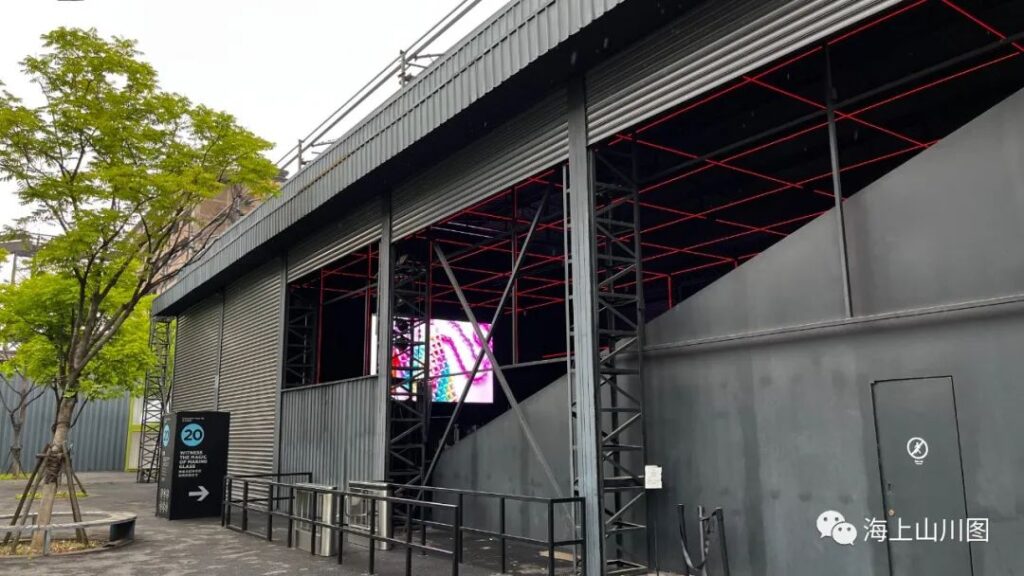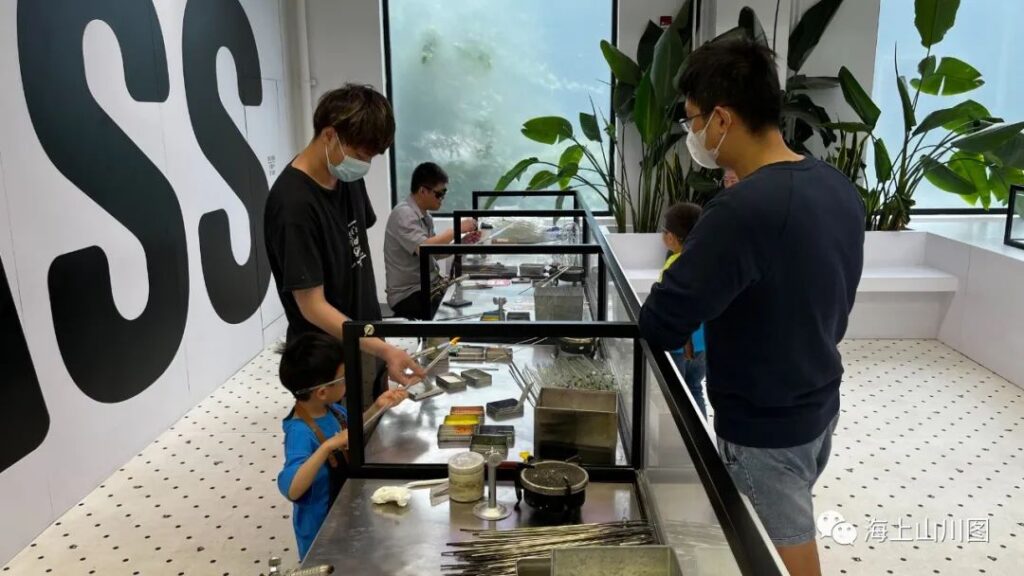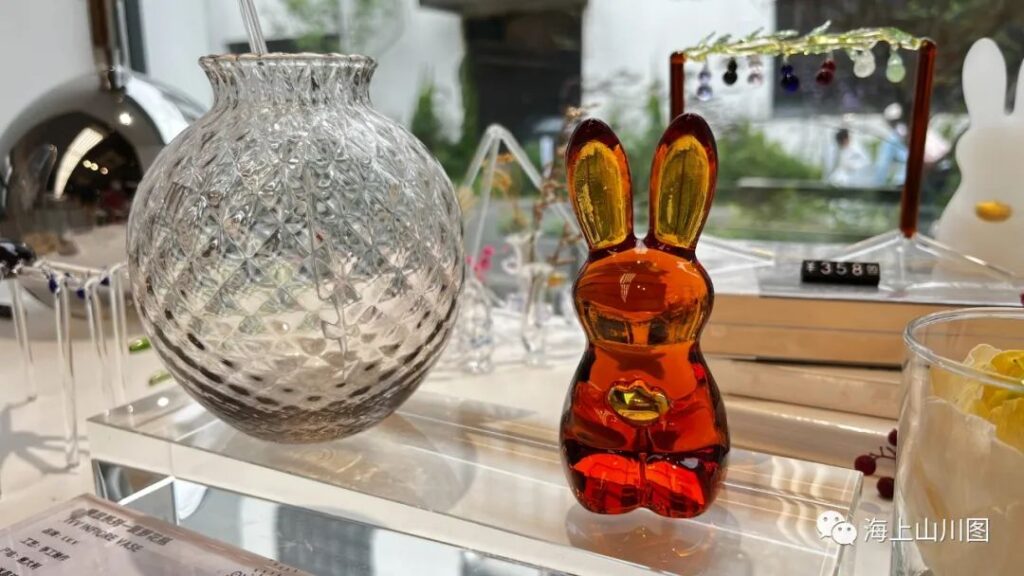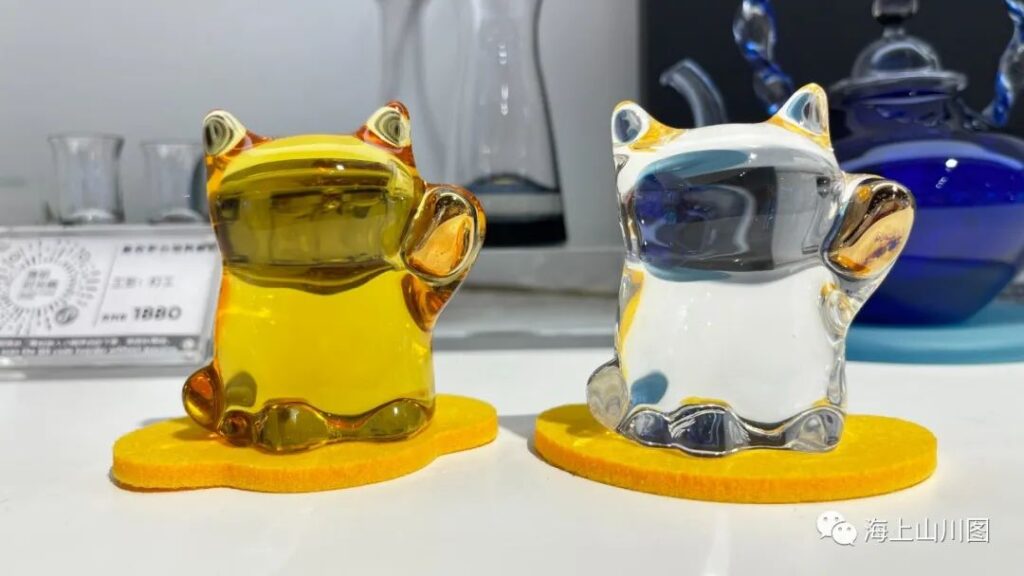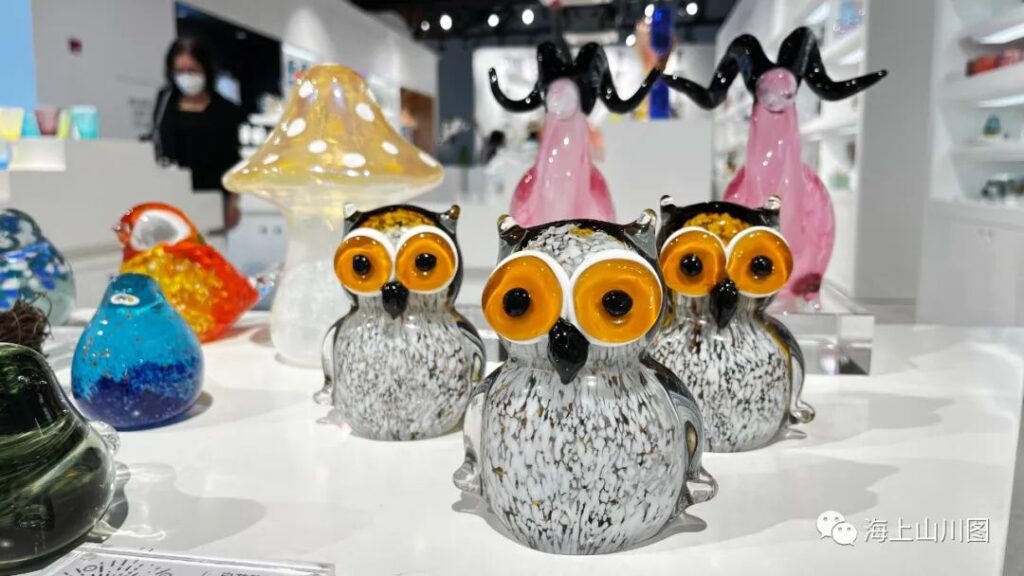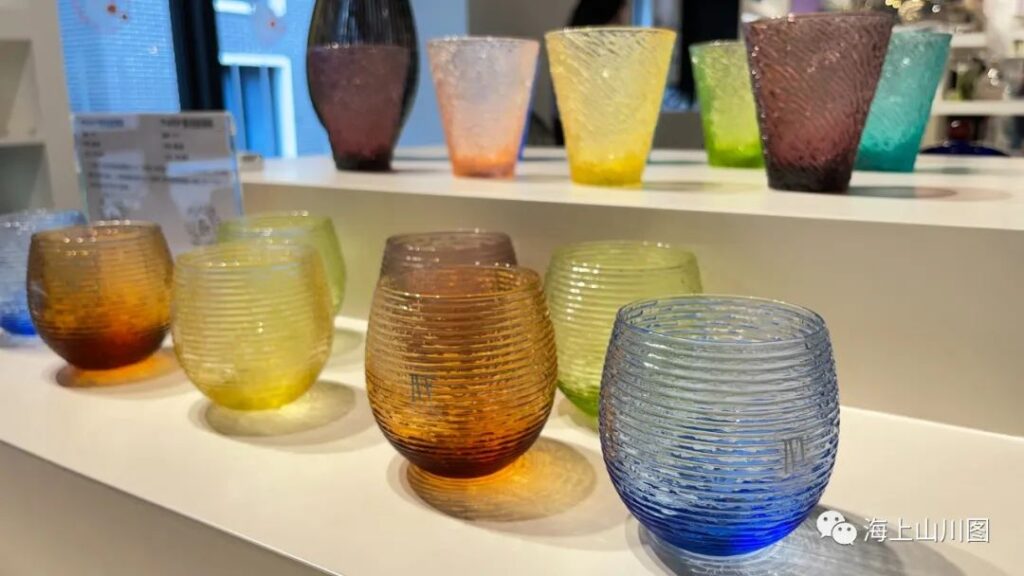The Shanghai Glass Museum, opened in 2011, was once selected by CNN’s website as one of the three must-visit museums in China (the other two being the Palace Museum in Beijing and the Terracotta Army in Xi’an). While many might question this selection, let’s look at the recently published 2023 Shanghai Museum Comprehensive Influence Index Rankings. The Shanghai Glass Museum ranked third, just behind the Shanghai Museum and the Shanghai Science and Technology Museum. Moreover, among non-government-supported museums, the Shanghai Glass Museum ranked the highest. This ranking effectively demonstrates the museum’s strength and influence.

Rather than simply calling it a museum, the Shanghai Glass Museum is better described as a complex that includes a museum, or a collection of museums and exhibition halls.
Within this complex, visitors can find the main pavilion of the Shanghai Glass Museum, the Children’s Glass Museum, the Children’s Art Space, the Broken/International Creative Glass Design Exhibition Hall, and the Glass Maze. There are also spaces for temporary exhibitions such as the Contemporary Art Gallery and temporary exhibition halls, as well as a Hot Glass Studio and Heat Theater for demonstrating glass blowing techniques.
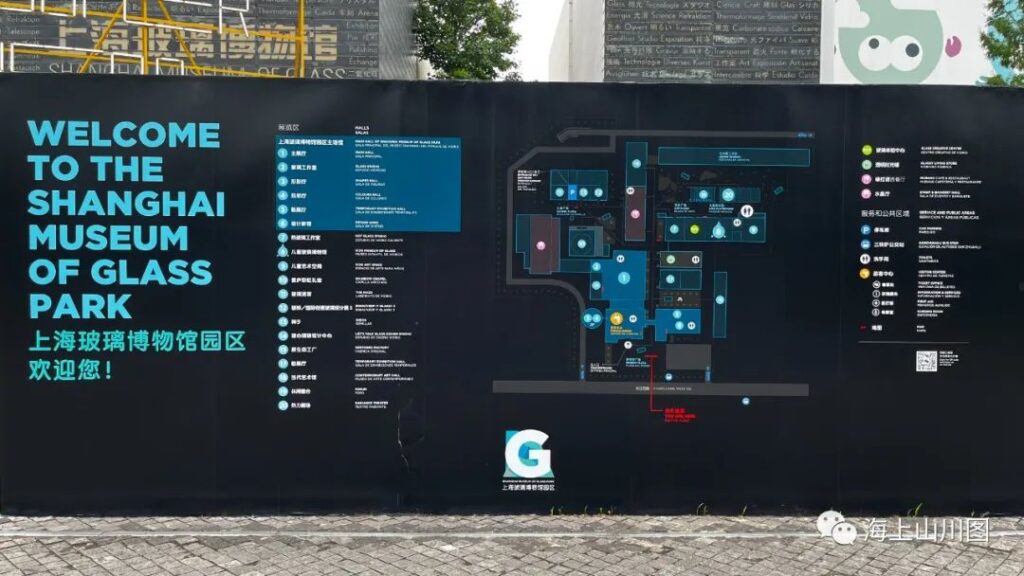
The site of the complex was formerly the Shanghai Glass Instrument Factory No. 1, located on Changjiang West Road in Baoshan District.
Shanghai Glass Instrument Factory No. 1 was founded in 1958 through the merger of 39 private factories, including Xinzhong, Rongchang, Xiecheng, Minghua, and Baohua. At that time, these small factories all had their own branded products, representing the cream of glass production technology in the Shanghai area. Since its establishment, the factory gradually developed four major product lines: glass instruments and measuring devices for chemical, petroleum, and pharmaceutical industries; quartz glass tubes for new light sources; artificial gems for instruments and watches; and laser tubes (devices) for positioning, orientation, and medical use. Before the mid-1980s, Shanghai Glass Instrument Factory No. 1 could achieve a total profit of up to 11 million yuan.
Shanghai’s glass industry began to decline in the early 1990s. Due to high pollution and energy consumption, many factories were shut down or transformed. After struggling with production, merging with other companies to form Shanghai Asia-Pacific Technical Glass Company, relocating some workshops to Guizhou, and finally dissolving, Shanghai Glass Instrument Factory No. 1 ultimately closed around the year 2000.
The main pavilion of the Shanghai Glass Museum we see today was formerly the glass furnace workshop of the Shanghai Glass Instrument Factory. After renovation, the main pavilion now includes the main exhibition hall, glass studio, Shape and Shadow Hall, Colorful Hall, temporary exhibition hall, and the new design gallery.
The entrance to the main exhibition hall is surrounded by glass curtain walls on all sides. In the dark, mutually reflective corridor, the illuminated words “GLASS MAKES ME HAPPY” on the front glass mark the beginning of the exhibition.
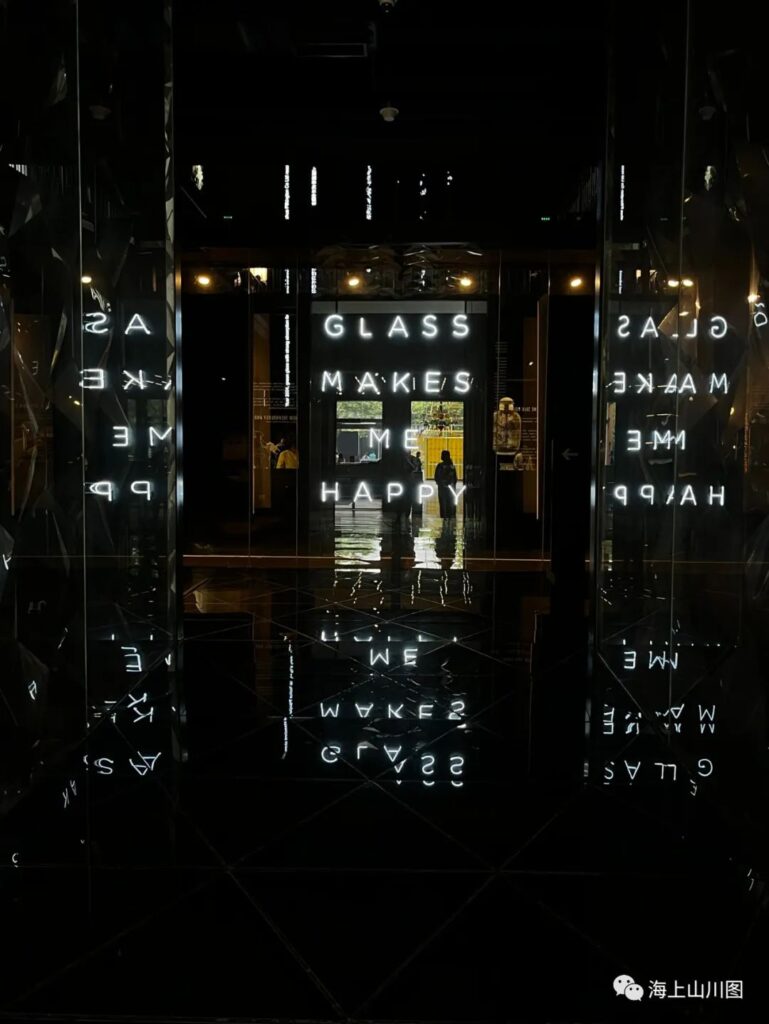
The first unit of the main exhibition hall introduces the infinite possibilities of glass, including its structure, properties, optical characteristics, and color formation.

The second unit follows a timeline, introducing the development of glass technology and craftsmanship in both Eastern and Western cultures. In this section, visitors can observe glass artifacts dating back thousands of years, as well as distinctive glass products from various countries and cultures. Additionally, an auxiliary area in this unit focuses on hot and cold glass processing techniques, featuring a craft demonstration zone. Unfortunately, during my visit, I didn’t catch any demonstrations. According to the on-site notice board, lampworking demonstrations are scheduled to begin at 11:00 AM on Saturdays, Sundays, and public holidays. The actual situation, however, remains unclear.


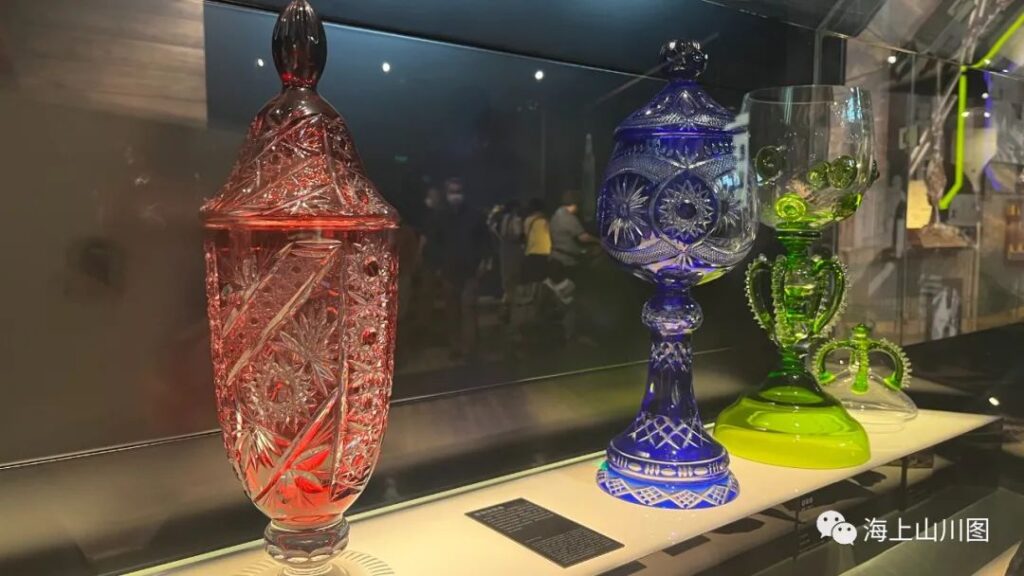
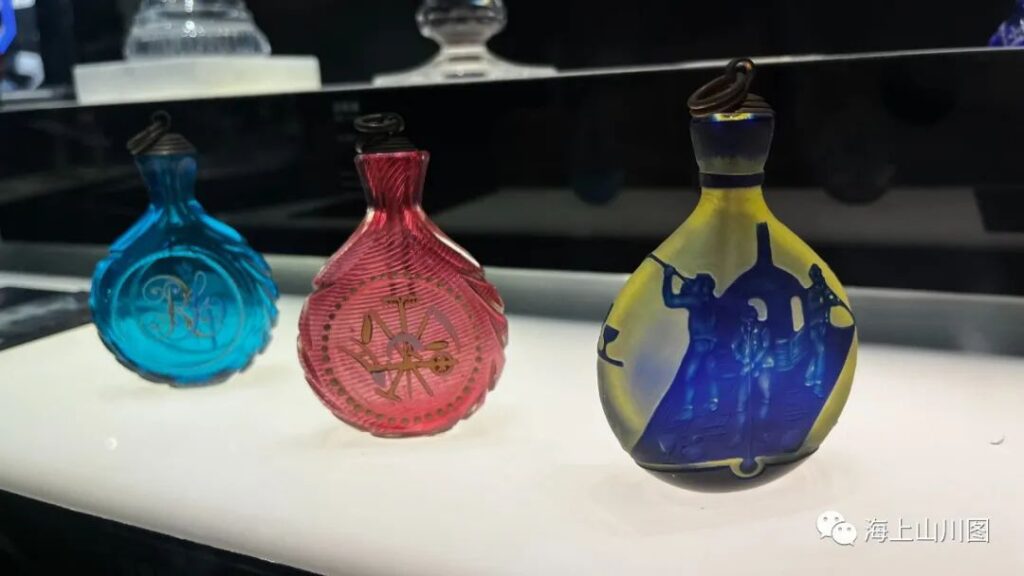
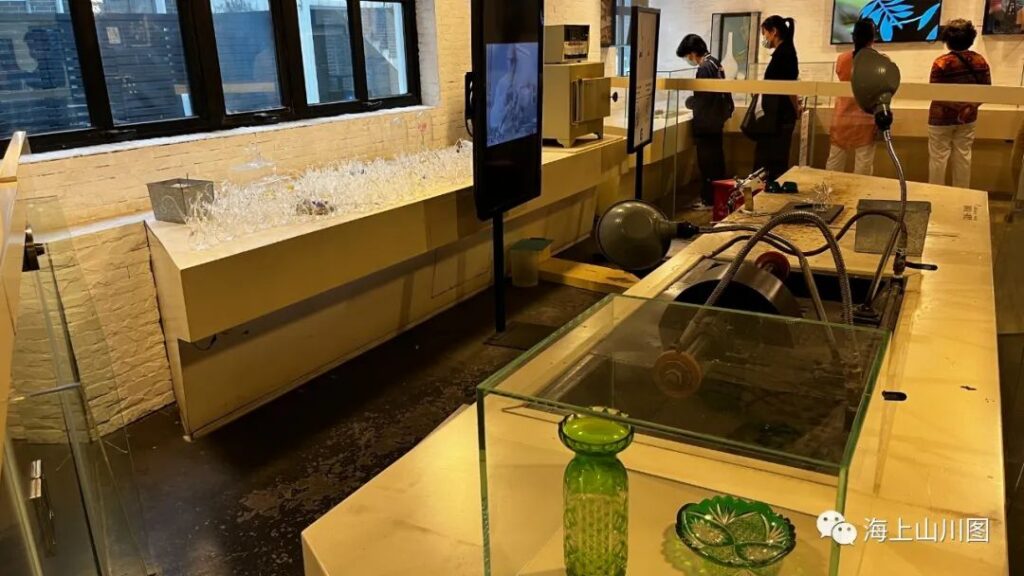
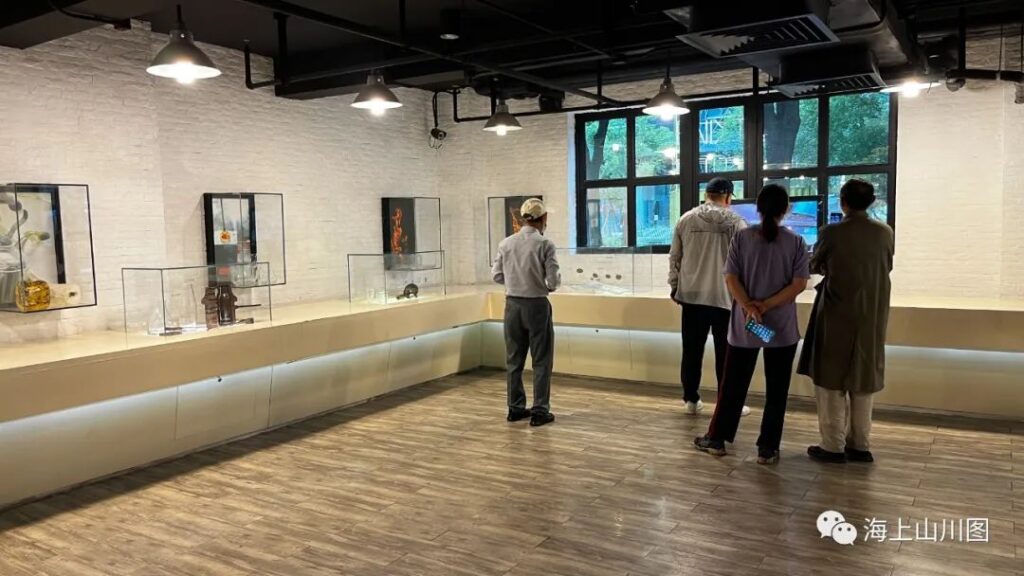
The third unit is anchored by a massive urban painting wall and features numerous interactive installations. These help visitors understand the applications of glass in daily life and cutting-edge technology.
Ascending from the third unit to the upper floor, visitors enter a hall of glass art. This space showcases the museum’s extensive collection of glass art pieces, leaving viewers in awe of their beauty and eliciting sincere exclamations of “How magnificent!”
I won’t describe each artwork individually, but the most memorable pieces include two that were unfortunately damaged by visitors.
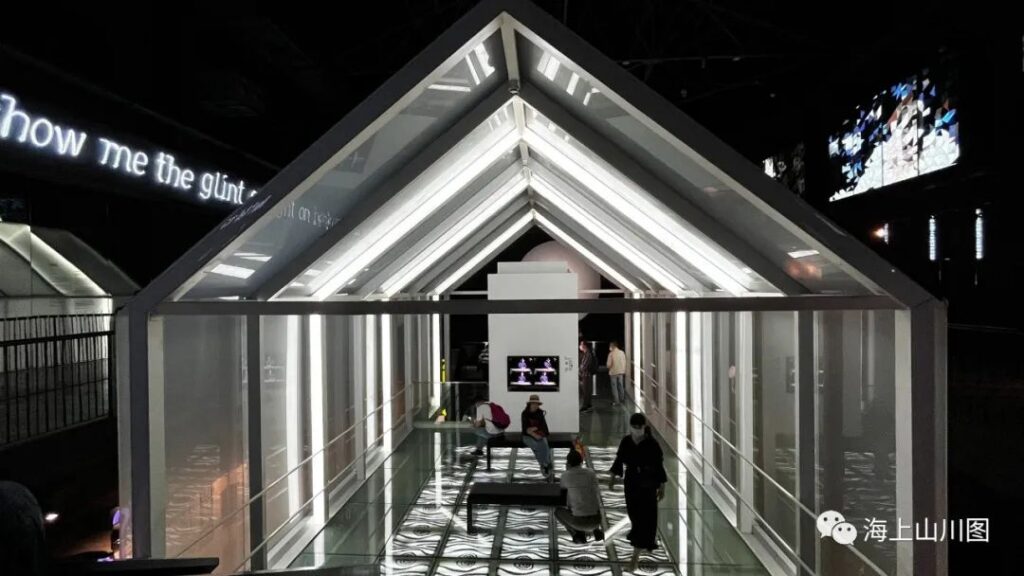
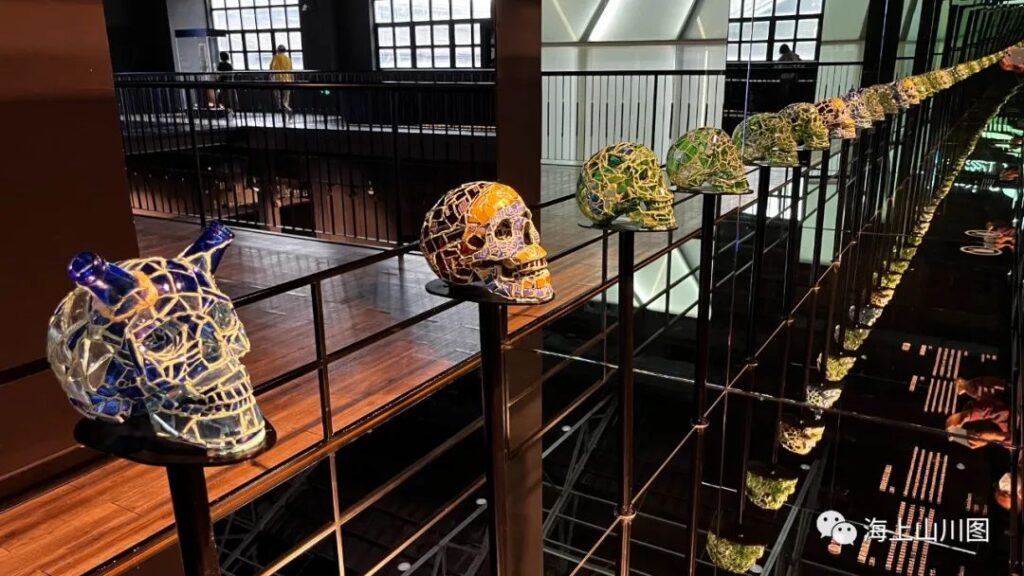
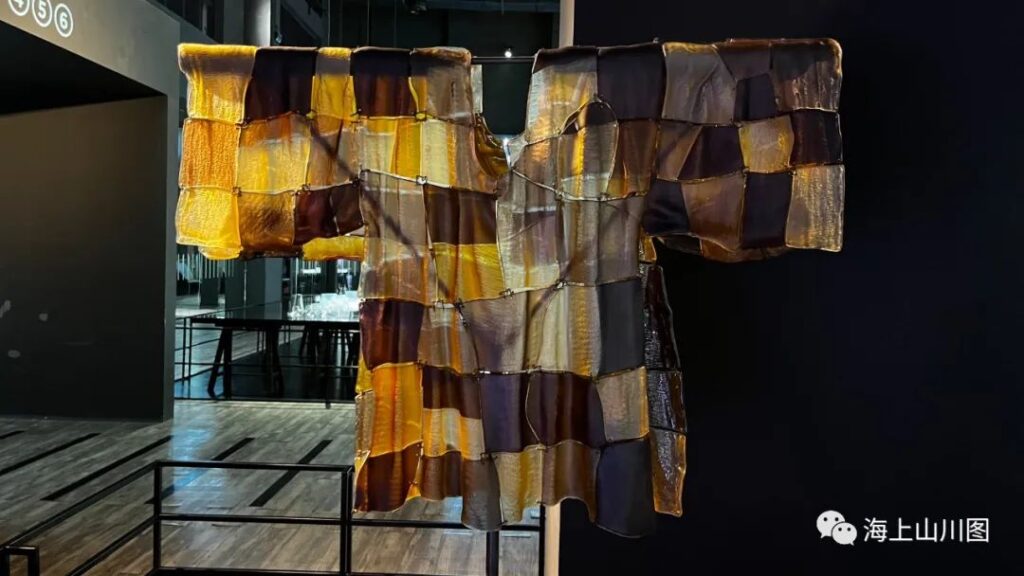
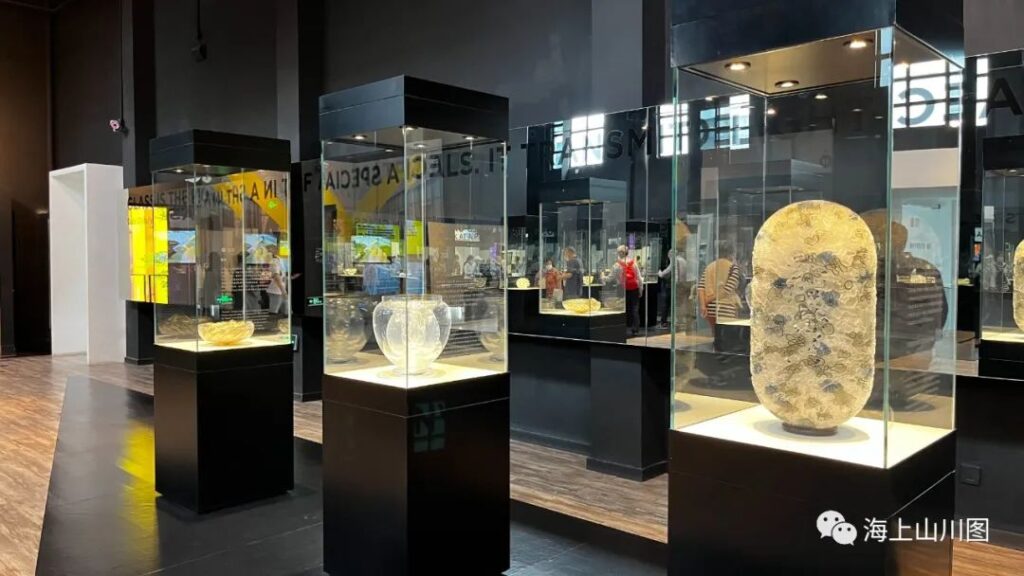

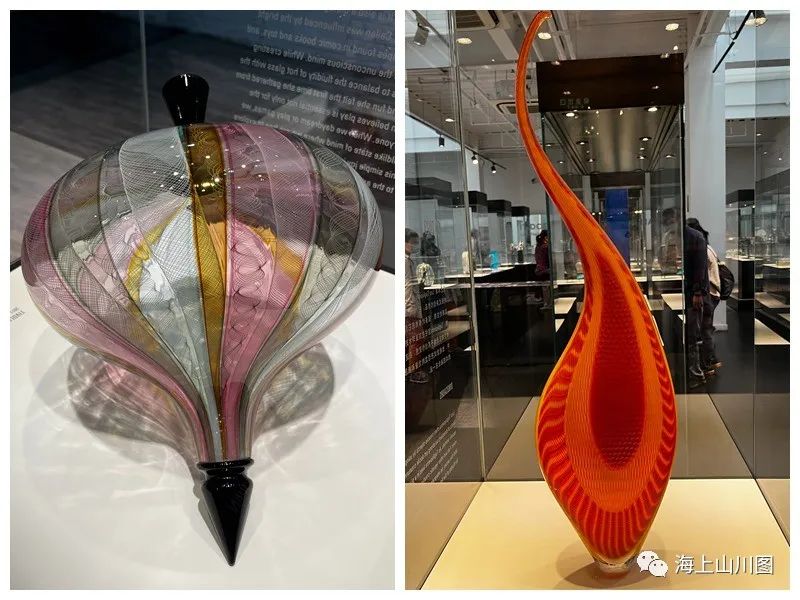
One is “Broken,” displayed on the platform at the second-floor staircase. Originally titled “Angels Waiting,” this piece was created by artist Xue Lü over two years and three months to commemorate his daughter’s birth. In September 2013, two parents with two children were visiting when the children ran past the warning tape. One child grabbed the bottom of the artwork and shook it, causing extensive damage to the left half.
This incident was captured by security cameras. As the piece was created as a single, fired unit, partial damage could not be repaired. Despite the heartbreak, the museum decided to display the damaged artwork to the public. The security footage, with faces blurred, is also shown on a loop at the site.
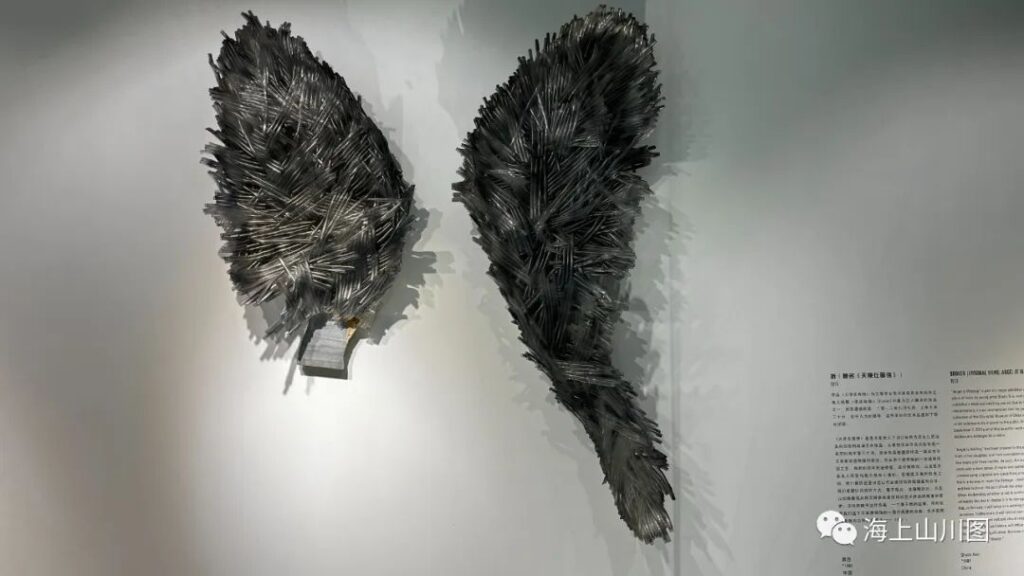
Another damaged piece is a blown glass castle called “Dream Castle.” Inspired by Cinderella’s Castle at Disney World in Florida, the artist spent 500 hours creating it. In 2020, the main spire and some glass components were damaged by two children.
Today, the Dream Castle is protected by a glass case, with the damaged section visible on one side, still a shocking sight to behold.
These incidents underscore the importance of civilized behavior when visiting exhibitions. Parents bringing children must also ensure their kids are well-behaved!
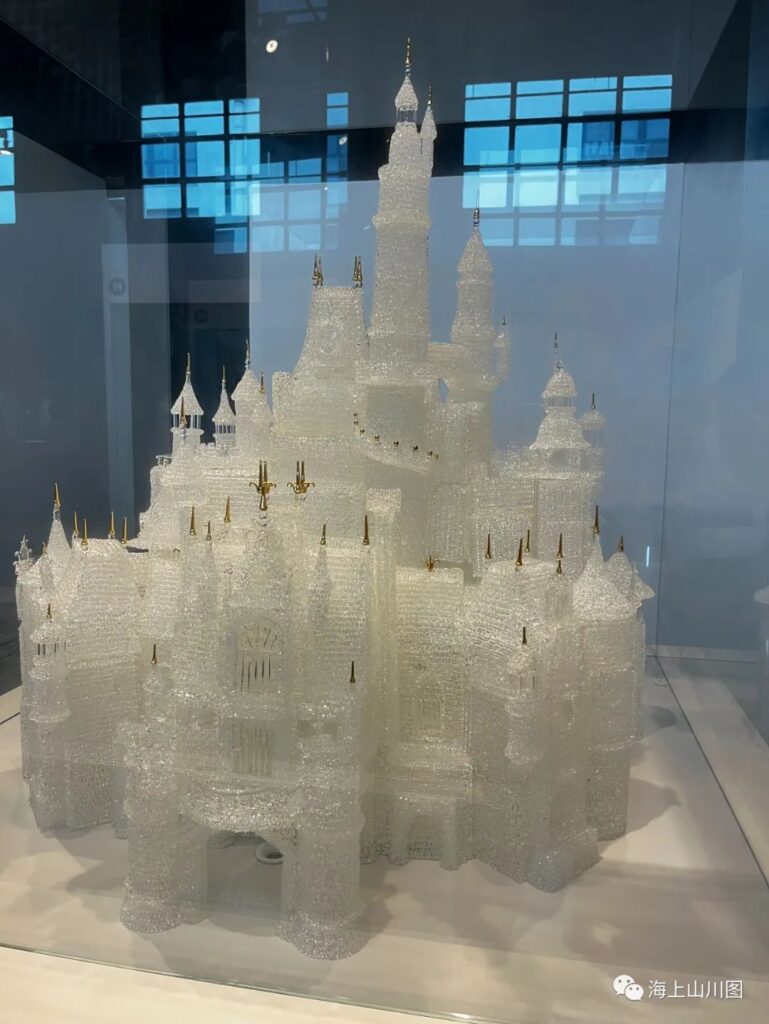
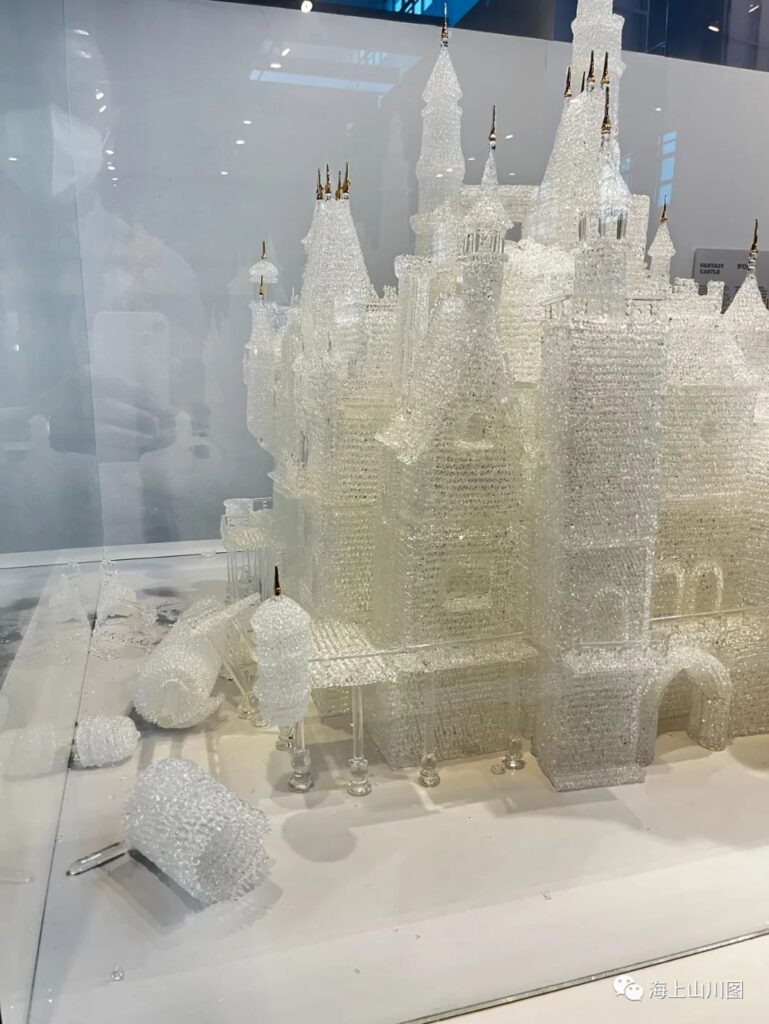
A connecting corridor on one side of the main exhibition hall leads to the temporary exhibition hall and the new design gallery.
The temporary exhibition hall recently hosted “Goodbye, Changjiang West Road,” which narrates the memories of the former Shanghai Glass Instrument Factory No. 1. This exhibition is quite meaningful. It features interviews with several former factory employees, displaying video interviews and related articles on-site.

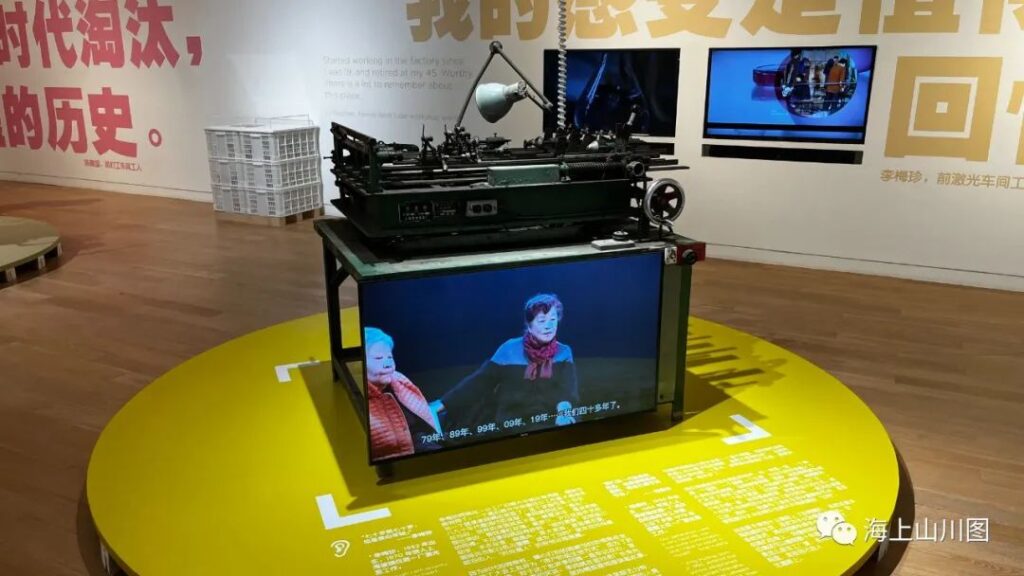
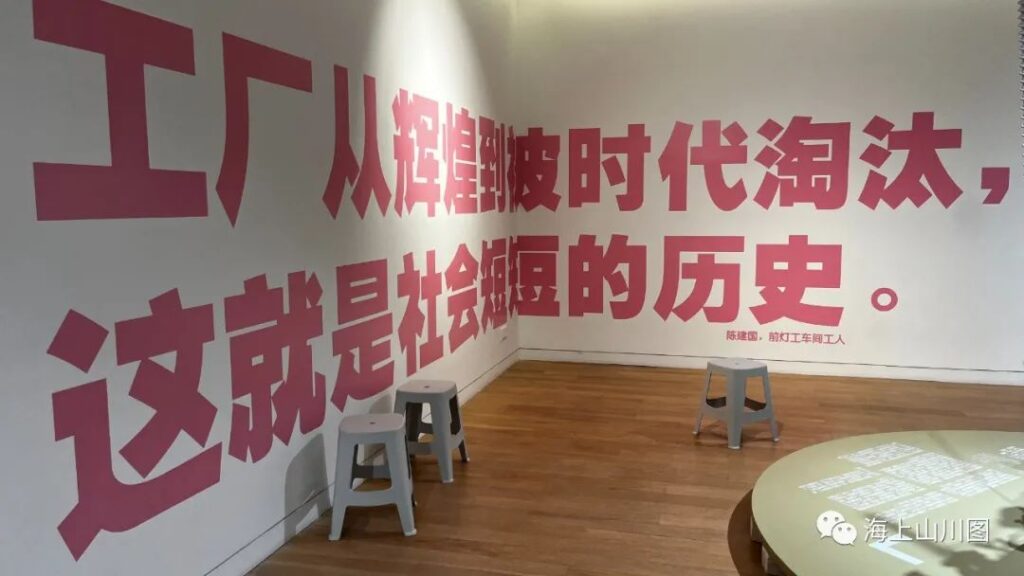
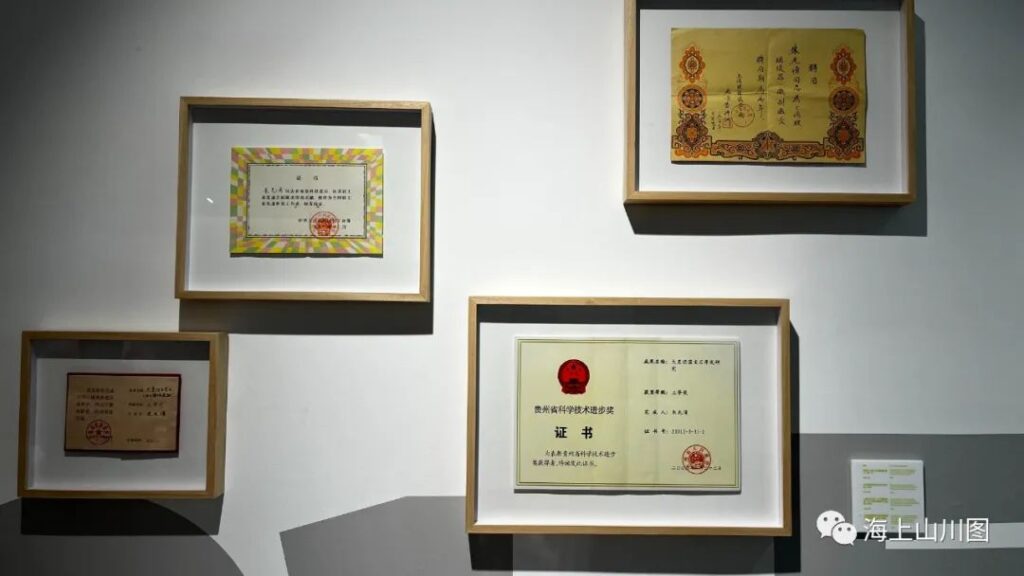
The new design gallery showcases recent glass design products, many of which are quite ingenious.
The Children’s Glass Museum is China’s first museum designed specifically for children, emphasizing hands-on interaction and exploration. The building, formerly a production workshop of the glass instrument factory, has been transformed into a two-story space that combines exhibition areas, interactive zones, play areas, DIY workshops, dining facilities, a gift shop, and party venues. Upon entering, children receive a booklet and a marker. The booklet contains outline patterns of 26 English letters, and children are encouraged to find the corresponding letters and related information throughout the museum, coloring in the letters as they go. It’s said that children who complete all the letters can redeem a small gift, though as an adult visitor, I didn’t receive a booklet, so I can’t confirm what the gift might be.
The Experience Workshop and the “Glass Genius Dream Home” exhibition feature works created by glass artists based on children’s drawings.

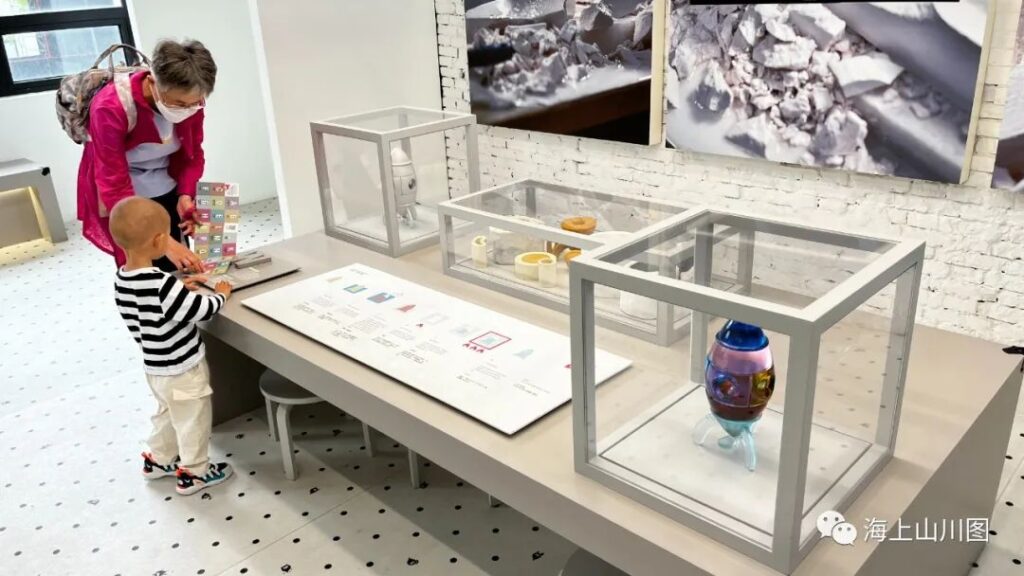




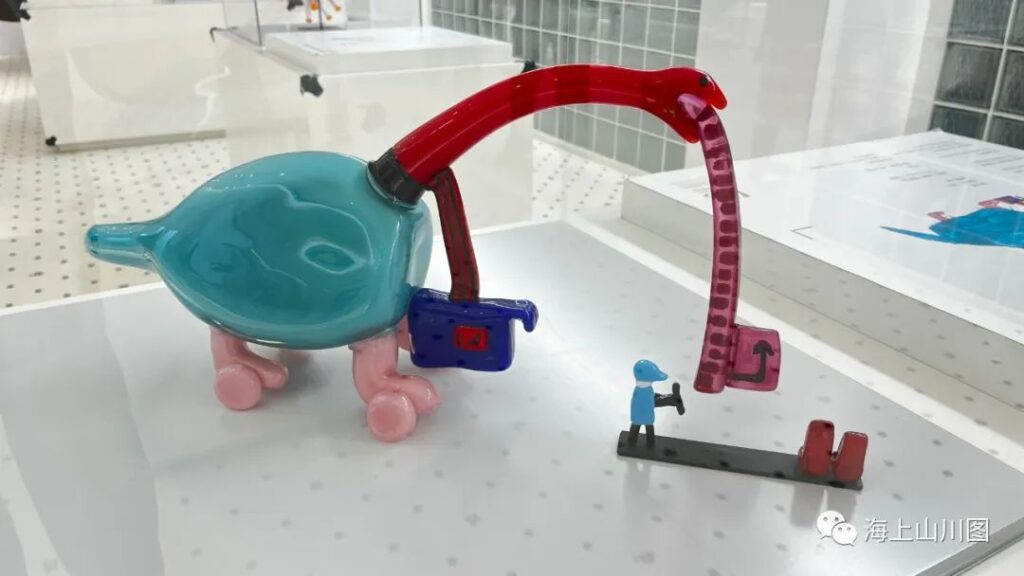
The Broken/International Creative Glass Design Exhibition Hall, with the motto “Glass is always meant to break,” presents 21 installation art pieces primarily made of glass in imaginative ways.

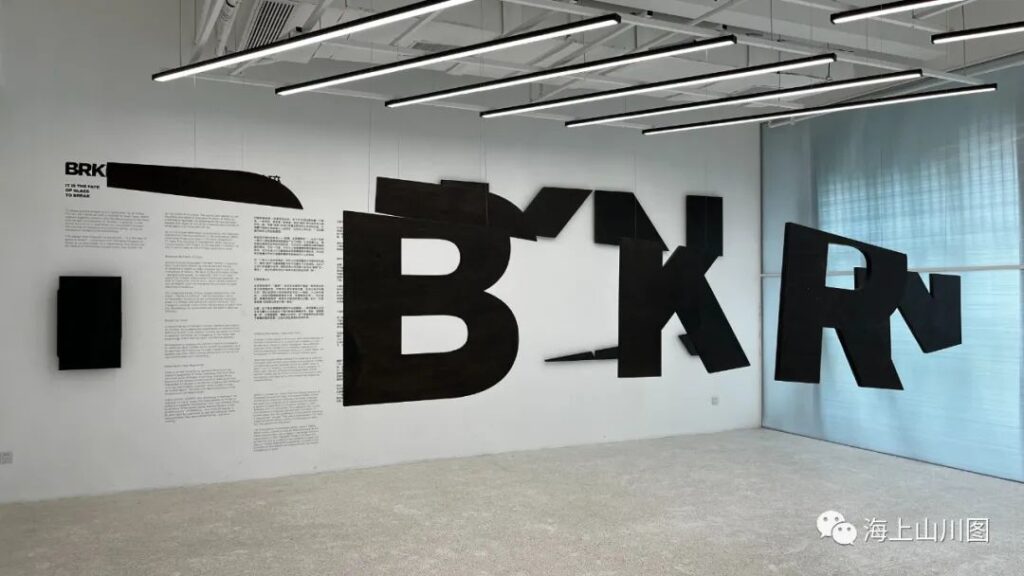
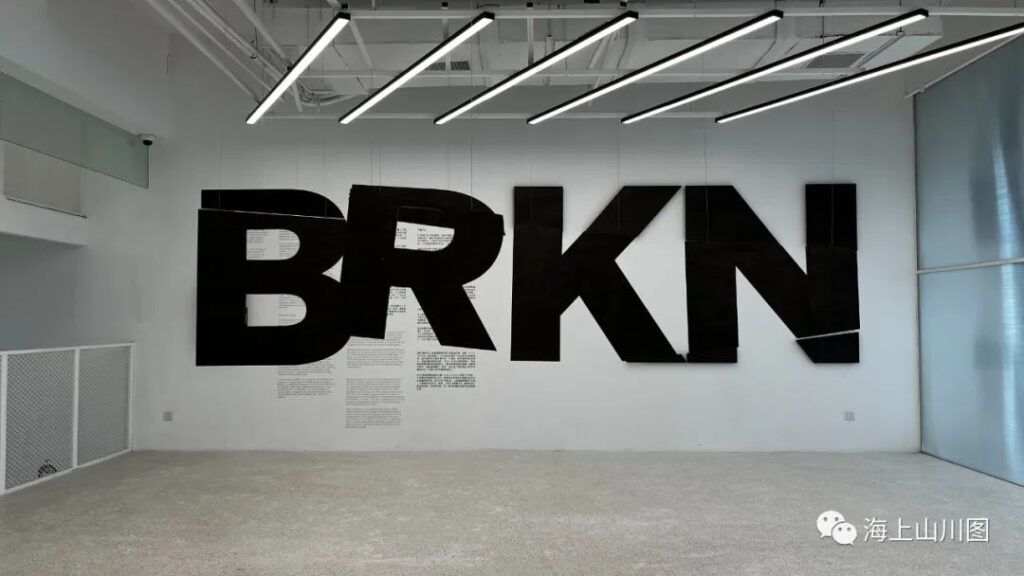

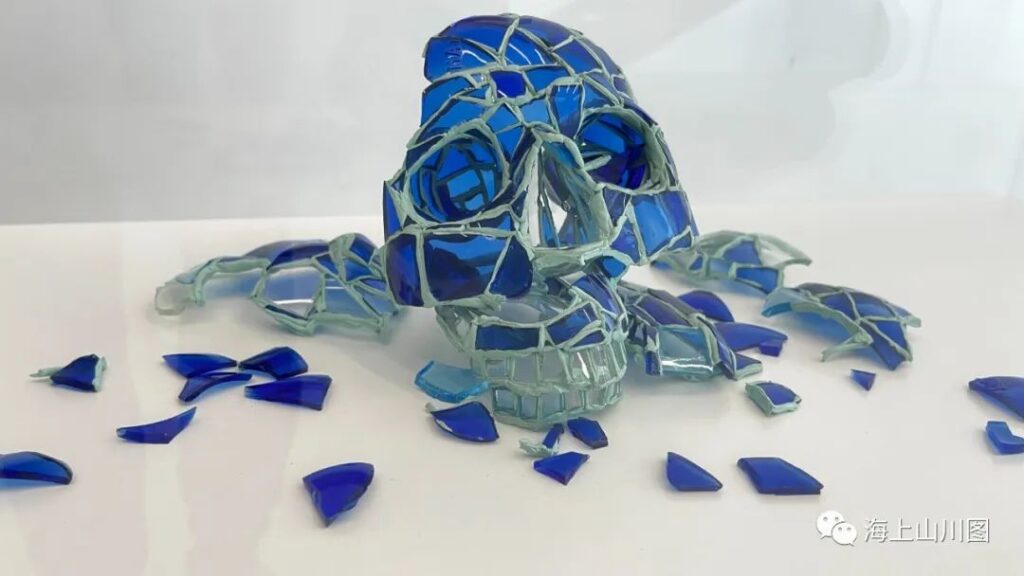
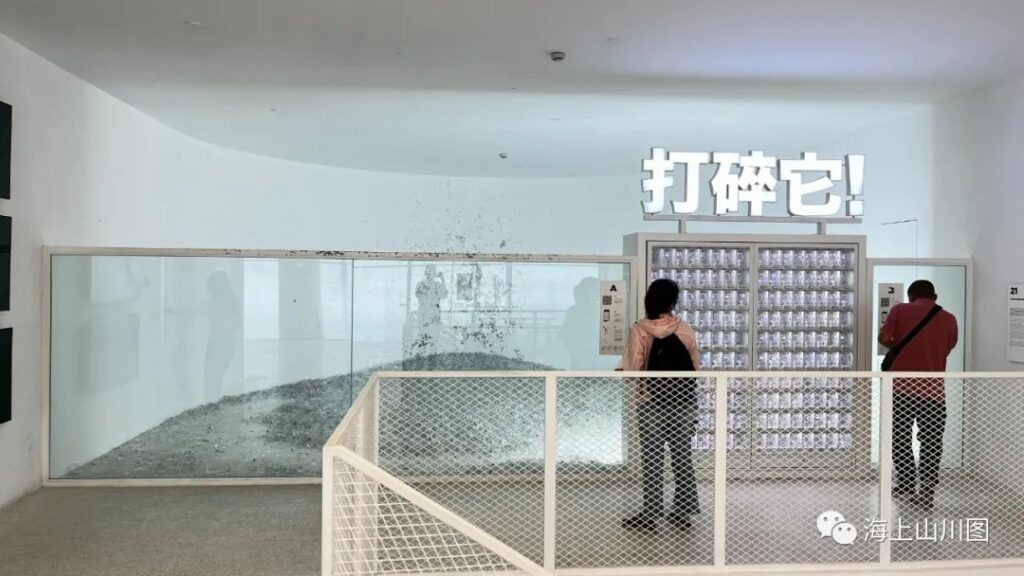
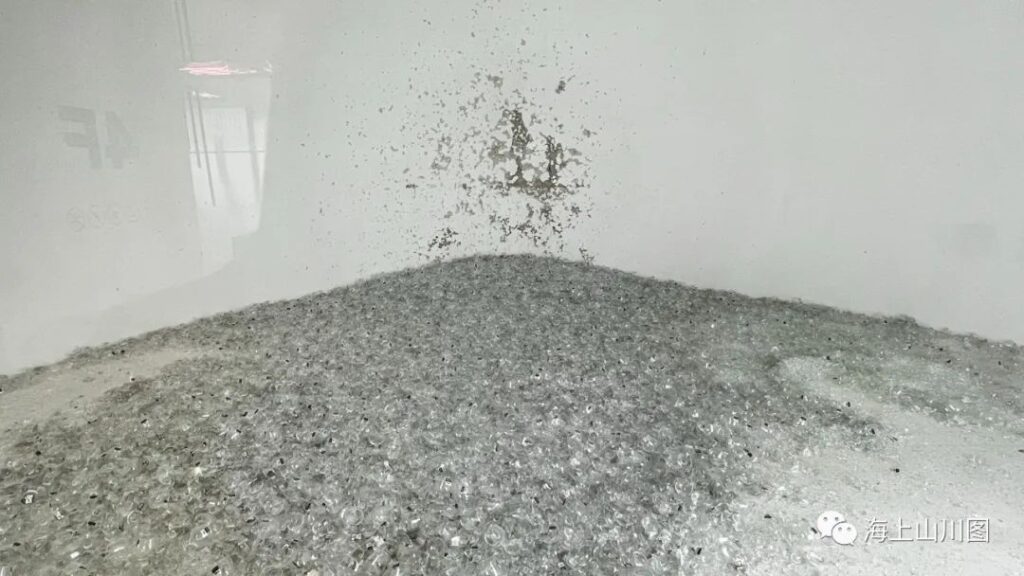
The Glass Maze is particularly entertaining. At the entrance, visitors receive a card with eight symbols. The goal is to find these symbols within the maze and stamp them on the card. Upon exiting with all eight stamps, visitors can claim a small gift.
The maze is entirely constructed of glass, with dim lighting and reflective surfaces adding to the challenge of finding one’s way. Visitors must feel their way along the glass walls to avoid dead ends while navigating the twists and turns. After collecting all eight stamps, I received a “Maze Expert” sticker at the exit. While a fridge magnet might have been nice, the maze experience itself was quite enjoyable.
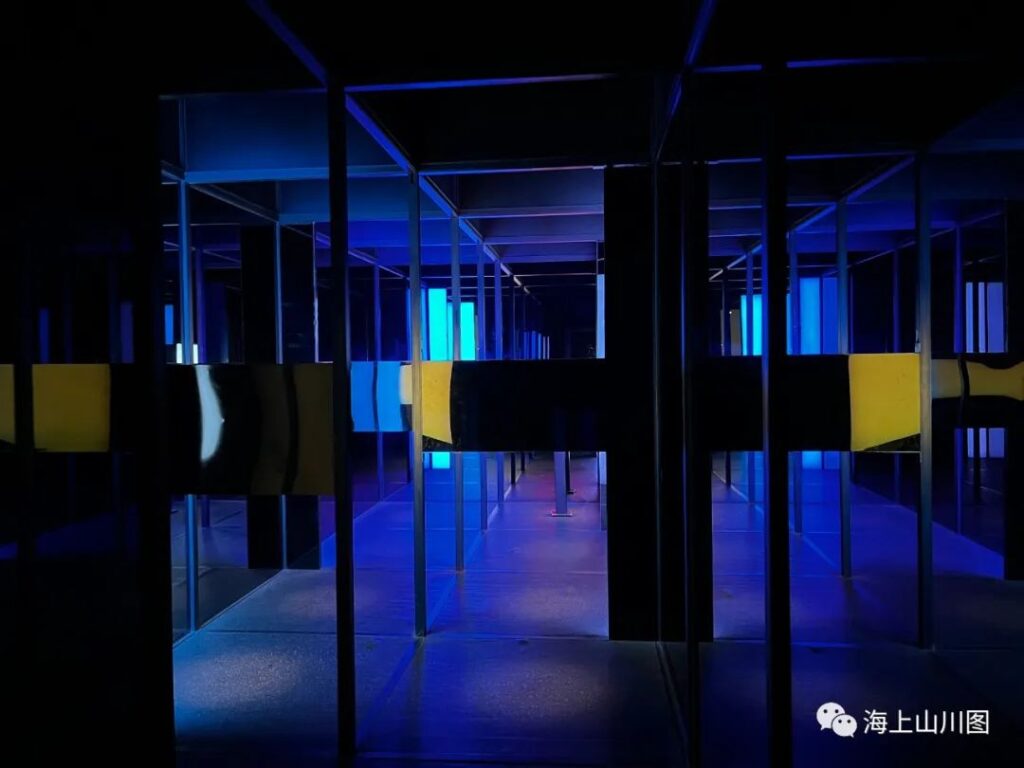
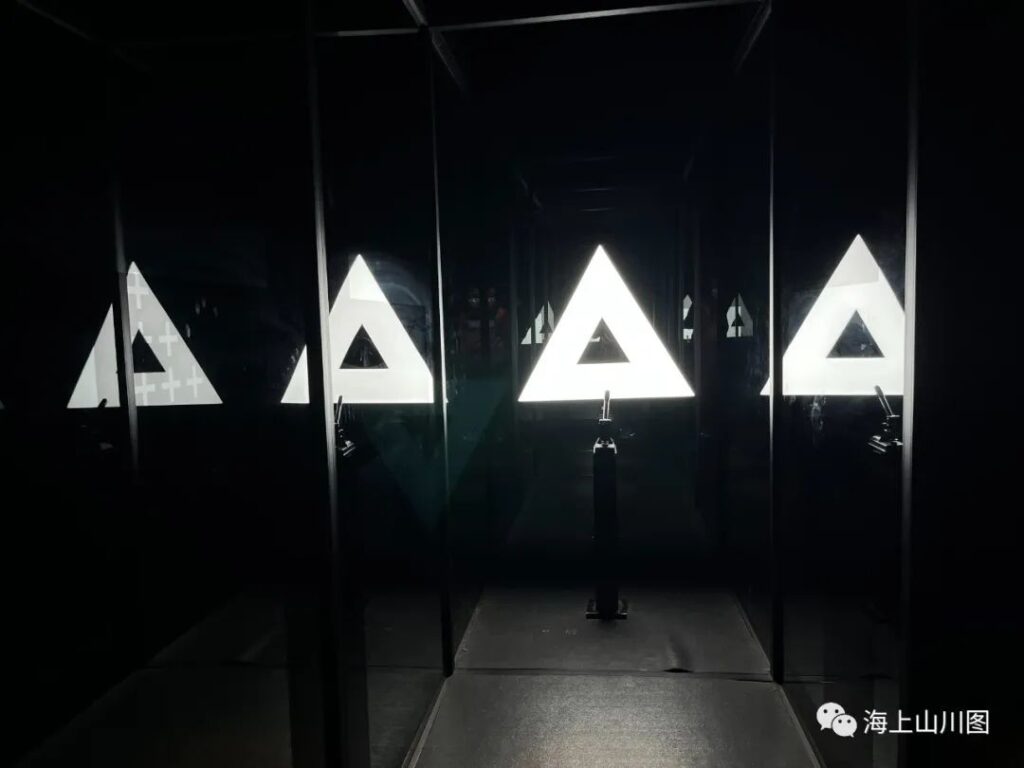
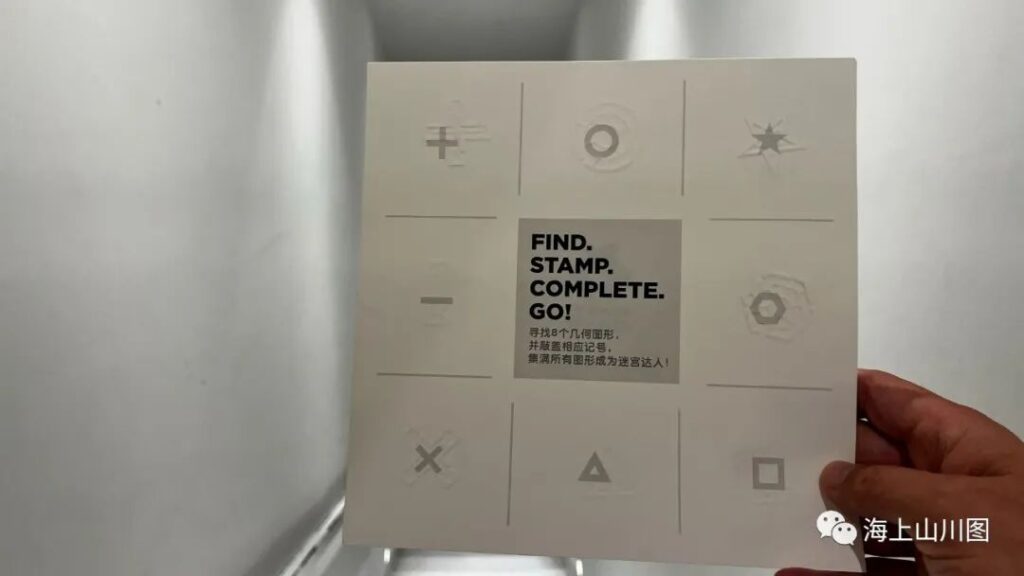
I didn’t visit the Heat Theater or the “Annealing” contemporary art special exhibition in the temporary exhibition hall.
The main Shanghai Glass Museum ticket costs 80 yuan, with other individual gallery tickets also priced at 80 yuan each. A combined ticket for the main hall, children’s museum, glass maze, and broken exhibition hall is 150 yuan. The “Annealing” art special exhibition ticket is 100 yuan, and the Heat Theater ticket is 80 yuan. While the exhibitions are impressive, the ticket prices are relatively high. To see all galleries and performances, it would cost 330 yuan.
The complex offers various experience courses, including lampworking, hot blowing, and hot melting, which are not inexpensive. The souvenir shop, called “Transparent Time Shop,” sells many exquisite glass products. The prices are not cheap; for example, a set of cactus-shaped glass cups is priced at 168 yuan, compared to similar items on Taobao costing only a few dozen yuan.
